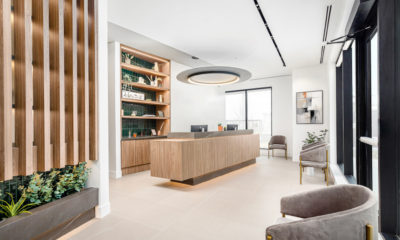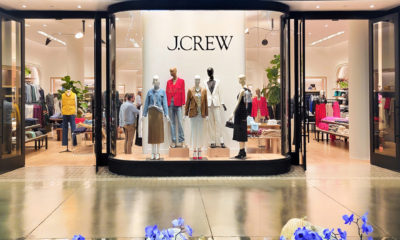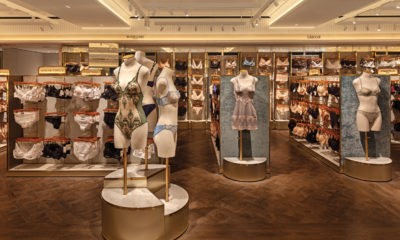CompUSA plans to install color-correct metal halide lamps in many of its 230 stores in the coming months. Spearheading the push for that change is Jim Paddock, vp, store planning, for the Dallas-based retailer of computers, peripherals, consumer electronics and games.
“These new lights are energy-efficient and also provide a crisper white light, which makes our store environments more eye-catching and attractive to our customers,” says Paddock. “We strongly believe making our stores brighter and visually fresher is one way of making our stores stand out from their competitors.”
But before he could green-light the installation of the slightly pricier lights, Paddock had to sell CompUSA's top executives on the idea. “I set up two cubicles in one of our conference rooms, both filled with identical sets of brightly colored merchandise, swatches and flags,” he explains. “One cubicle was lit with our existing metal halide lights, and the other used the color-correct lamps. When the executives saw how vividly the colors were rendered in the cubicle with the new lamps, they gave me the go-ahead to start having them installed.”
CompUSA has plenty of company when it comes to viewing lighting as an important tool in enhancing the visual appeal of their stores. According to VM+SD's first annual survey of the industry on its lighting needs, when it's time to choose lighting products for retail spaces, the aesthetic appeal they provide is frequently the most important factor driving that decision.
“When it comes to in-store lighting, the bottom line has always been: the better-lit merchandise is, the better it will sell,” says Michael Schirmer, director of store planning and design at Boscov's (Reading Pa.), which operates about 40 regional department stores.
But other, non-visual considerations – ease of maintenance, energy efficiency, installation costs and relamping costs – are also still important, the survey response showed.
“Retailers are facing higher energy costs, more stringent energy codes and smaller in-store staffs available for relamping chores,” explains David Apfel, president of David Apfel Lighting Design (New York), who has designed lighting for Bloomingdale's, Estée Lauder, Kids 'R' Us and Sears, among others. “All those factors are increasingly influencing the kinds of lighting they're specifying.”
More Stringent Energy Code
The energy-usage limits are spelled out in the new ASHRAE/IESNA Standard 90.1, which went into effect last August. That national energy code sets 1.7 watts per square foot as the allowable limit for the general illumination of retail spaces, down from the previously permitted 2.1 watts. (This particular ASHRAE standard applies to new-store construction, as well as those undergoing major remodeling/renovation programs. In addition, individual states can implement power-usage limits that are even more restrictive than the national standard.)
Lynn Knutson, visual merchandising program manager for Harley-Davidson (Milwaukee), says the national lighting program that her company suggests for its 700 dealerships and retail outlets spells out specific ways they can meet the ASHRAE standards.
“We let them know that they can use ceramic metal halide lamps, T5 fluorescents, T8 watt-miser fluorescent lights and compact fluorescent lights to meet the new code requirements,” says Knutson. “We also work to educate them about how these energy-efficient lighting technologies deliver excellent light quality, so they don't have to worry that they're sacrificing the creation of a pleasing environment to meet the ASHRAE standards.”
Tracking Trends in Lighting Buys
While the desire to install more energy-efficient illumination is clearly impacting the types of lighting retailers and designers are buying, industry stalwart halogen remains king – at least for now. Just over three-quarters of the respondents said they bought such lighting during the past three years.
That doesn't surprise Apfel. “Retailers would love to keep using halogen,” he says. “It renders colors well, is easy to control when used in floodlights and spotlights, and it's relatively inexpensive. But it will have to give way in coming years to sources that are more energy-efficient.”
Louis Vuitton is one retailer seeking to strike a balance between the aesthetic benefits of halogens and the need to use more energy-efficient lighting. John Mulliken, vp, store planning, at LVMH Americas (New York), says his company will install a combination of metal halide and halogen lights at 16 Louis Vuitton stores this year.
“We still appreciate the excellent color-rendering that halogen provides, but by using such lighting in tandem with metal halide, we will be able to meet the more stringent energy codes now in effect,” says Mulliken.
As for popular emerging lighting technologies, low-voltage track lighting and light-emitting diodes (LEDs) lead the way. LEDs, in particular, are seeing wider use in retail spaces.
Color-changing LEDs are already being used as decorative accents in many stores. White LEDs, meantime, are finding their way into showcases and other display fixtures. But there's still some disagreement over how attractive and effective such lighting is.
Hudson's Bay Co., for example, recently installed jewelry cases illuminated by white LEDs in its Toronto flagship. And Richard Hamori, the Canadian department store's general manager, store planning and design, says “the cases look fantastic, and customers are really drawn to them.”
But Boscov's Schirmer doesn't agree. “We've tried white LEDs in some of our showcases, and the brightness we hoped for wasn't there,” he says.
And white LEDs capable of providing general illumination in retail spaces remain “the holy grail,” says Apfel. “It's coming, but the technology isn't there yet.”
Spending on Upswing
What will retailers spend on in-store lighting in the coming year? There's a definite uptick in such expenditures. Just over 45 percent of survey respondents say their lighting budget for the coming year will be greater than 2004. Only 6.7 percent plan to spend less.
“The economy's been better over the past year or so, and retailers have a little more money to put back into updating their existing stores and building some new ones,” says Apfel. “Part of that increased funding will doubtless go to lighting, which is an important ingredient in creating an atmosphere that helps move merchandise.”
Interestingly, though lighting has become even more complex and the choices greater, only about a third of our respondents say they are funneling part of their lighting budgets to lighting designers. But that number may well rise in coming years, as retailers work to balance the requirements of the ASHRAE code with their own aesthetic goals.
LVMH's Mulliken, for example, says his company turns to outside design consultants “when we're experimenting with new lighting technologies.” And The Bay's Hamori says he plans to tap the expertise of such designers in future projects.
“It's getting tougher and tougher to just rely on a lighting manual these days,” he says. “As lighting issues get more complex, it makes economic sense to me to utilize the know-how that lighting consultants can bring to the table.”

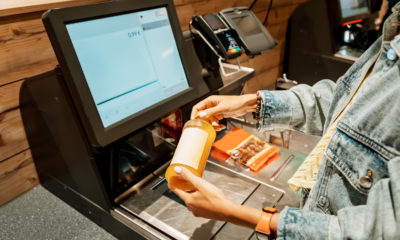
 Headlines2 weeks ago
Headlines2 weeks ago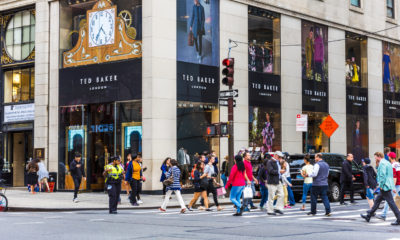
 Headlines6 days ago
Headlines6 days ago
 Headlines1 week ago
Headlines1 week ago
 Headlines4 days ago
Headlines4 days ago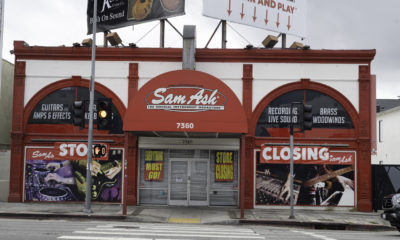
 Headlines2 weeks ago
Headlines2 weeks ago
 Headlines5 days ago
Headlines5 days ago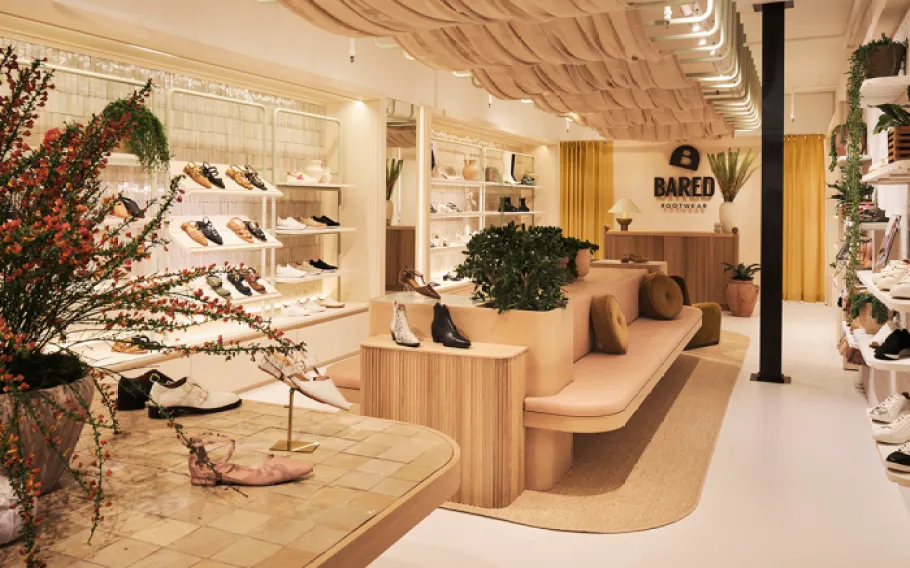
 Headlines1 week ago
Headlines1 week ago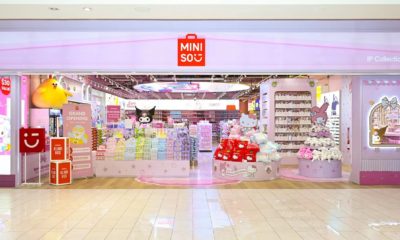
 Headlines2 weeks ago
Headlines2 weeks ago





